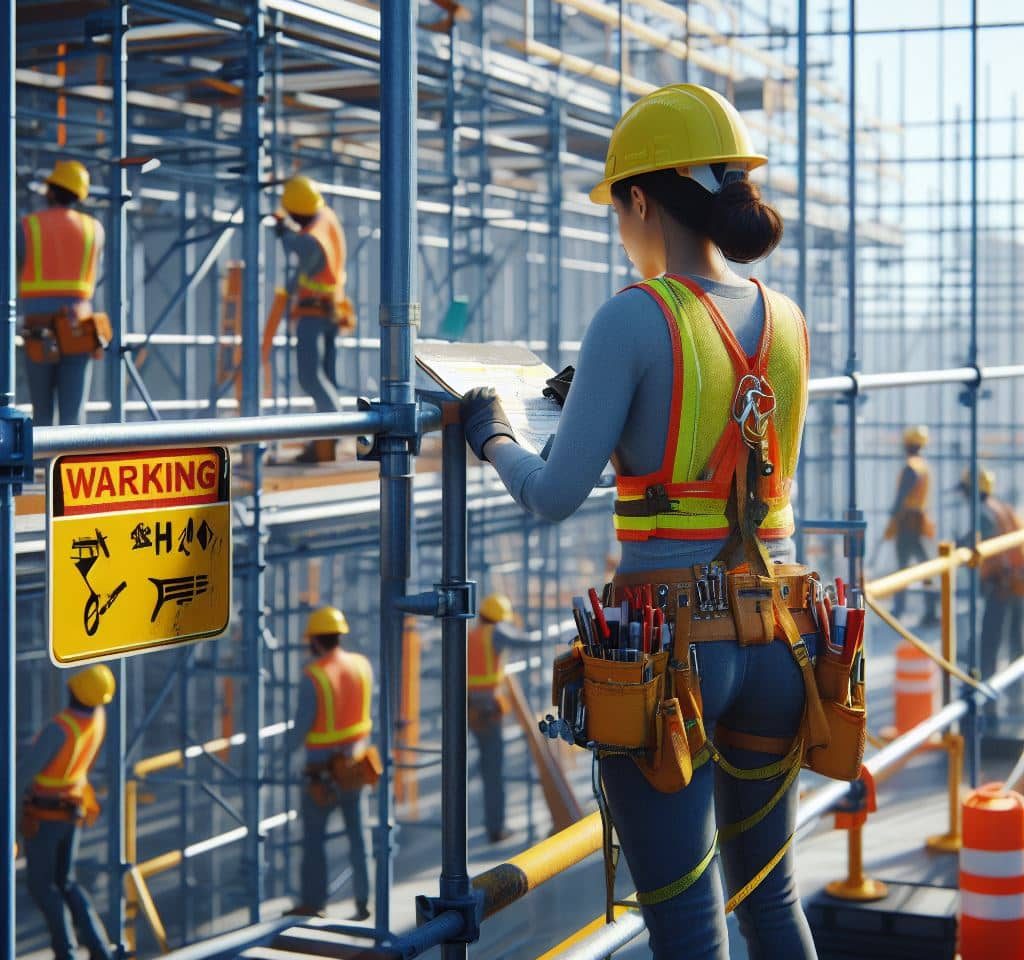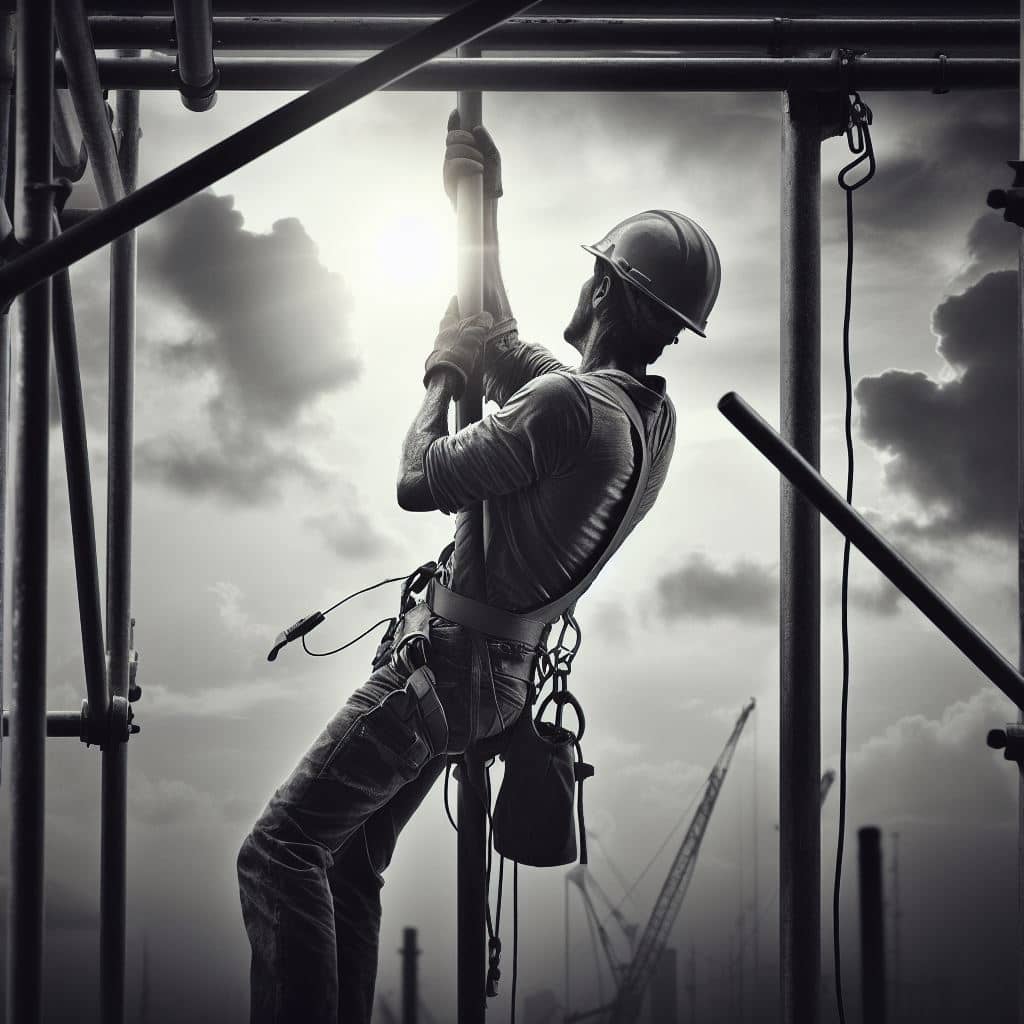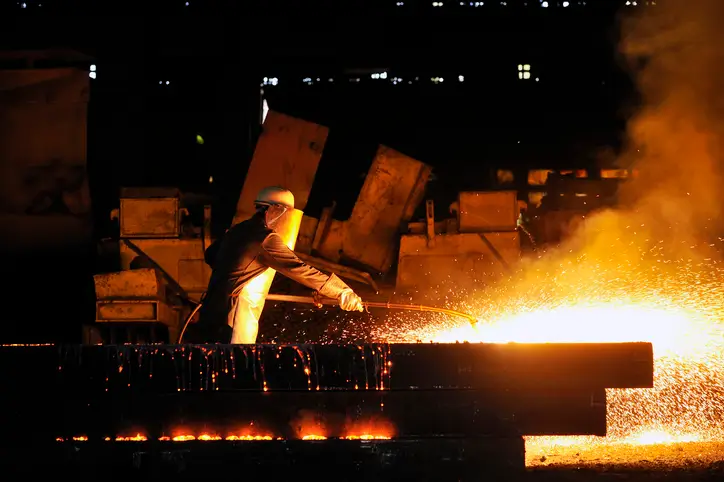5 Common Scaffolding Hazards And Their Preventive Measures
Scaffolding hazards are not a matter that can be taken lightly. Workers who are on these structures face constant danger. Sometimes it is flying objects, other times wet surfaces can make slips and in worse circumstances, there is a chance of the entire structure coming down. In some instances, scaffolders suffer from injuries due to electric shocks.
To protect workers from such accidents, it is important to understand the major causes of deaths and injuries, and preventive measures. This detailed guide will give you an insight into the five most common scaffolding hazards and their safety protocols.
What Are The Main Causes Of Deaths And Injuries On Scaffolds?
As per the United States Bureau of Labor Statistics, there are almost 4,500 injuries and 60 deaths due to scaffolding-related incidents each year. Here are hazards that cause these accidents and their preventive measures.
1. Electrocution
Electrocution is the major scaffolding fatal hazard that causes 18% of deaths according to studies. This scaffolding hazard occurs when a power source is close to workers or machinery. It doesn’t matter whether an employer works alone or not, lockout and tagout the power source is important. Keep in mind that scaffolding near power lines can pose electrical hazards if anything comes into contact with live wires.
Preventive Measures
- It is important to establish a safe working distance from power lines and keep workers updated regarding the possible risks.
- Coordinate with utility companies to de-energize or insulate power lines when necessary.
- Try to use non-conductive materials such as fiberglass and plastic to reduce the risk of electrical conductivity.
2. Structural Failures
Another scaffolding hazard is structural failure. If scaffolding is not built or maintained properly, it may collapse resulting in injuries and even deaths. However, scaffolding structural failure usually occurs due to poor construction materials, overloading, and inadequate bracing or anchoring.
Preventive Measures
- You need to make sure that scaffolding design and installation are examined by qualified and trained professionals.
- Ensure that scaffolding should be strong, stable, and safe. The level foundation technique is used while constructing scaffolding.
- Conduct routine inspections and maintenance to spot structural problems and fix them immediately.
3. Falls/Trips/Slips
One of the most common and frequent causes of accidents and injuries are falls from scaffolding. This may happen due to the unstable and shaky structures or unsafe and slippery surfaces. Sometimes It may occur because of inappropriate use of safety equipment and lack of guardrails. Workers who fall from scaffolding have little chance of surviving.
Preventive Measures
- To avoid falls, scaffolding platforms should have guardrails and toe boards installed along all open sides and ends.
- Make sure that every employee has the right personal fall arrest systems, such as harnesses and lanyards that are fastened to reliable anchor points.
- Check the stability and integrity of the scaffolding on a regular basis to avoid structural problems that could result in falls.
- Employees who work on more than 10 feet should use fall-preventer devices.
4. Lack of Safety Training
Inadequate training of workers on scaffolding safety can lead to accidents. Workers may not know how to properly assemble, use, or dismantle scaffolding, increasing the risk of accidents. The workers who do not follow the measure scaffolding techniques and safety protocols, such as using PPE equipment, fall protection equipment, or stepping on shaky things, can put themselves at risk of getting injured.
Preventive Measures
- Make sure that an employee you hired must be OSHA certified.
- Train employees if they are not certified.
- Emphasize the importance of good communication among workers.
- Prioritize use of quality materials, and establish guidelines to minimize scaffolding accidents.
- Adhere to the local industry safety regulations.
- Ensure that supervisors are always alert and vigilant.
5. Scaffolding Climbing & Movements
An additional risk faced by workers on scaffolding is when they are using a ladder or other safety equipment to climb and go down an elevated platform. In some instances, employees have to wait until they are on the platform before clipping into the fall protection equipment. This opens them up to dangers while ascending and descending scaffolding.
Preventive Measures
- Provide adequate training on ladder and equipment usage.
- Implement a policy mandating the use of fall protection equipment from the moment workers access scaffolding.
Learn To Mitigate Scaffolding Hazards
If you are a worker who wishes to use scaffolding safely, you need to sign up for OSHA courses. The OSHA safety training is one of the best ways to stay safe on construction sites. You can enroll into OSHA 10-hour construction to get basic safety training. Meanwhile, workers on the managerial level can enroll in OSHA 30-hour construction to become safety leaders. Doing these courses would not only open you up to new career opportunities but also help you mitigate scaffolding hazards.




